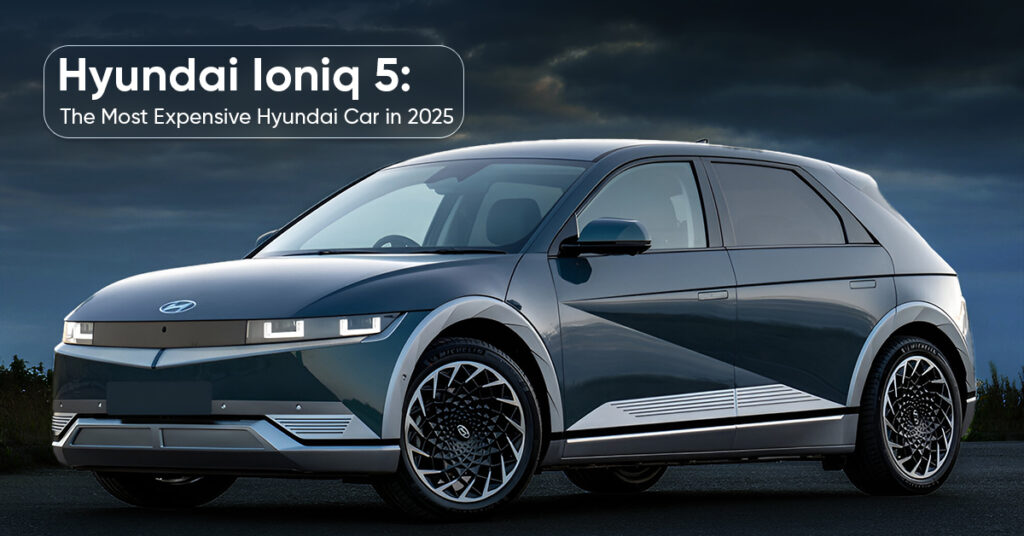Hyundai was established in 1967 in South Korea, beginning its early days through licensed assembly before taking full control of vehicle design and engineering, and that shift from collaborator to creator laid the groundwork for the global presence it holds today. The brand officially entered India in 1996, debuting with the Hyundai Santro, a car that didn’t just fill a market gap but reset expectations in the hatchback space by bringing in features like fuel injection and tall-boy design that weren’t common in the country back then. Over time, Hyundai has expanded into every major segment including hatchbacks, sedans, SUVs, and EVs, with a keen understanding of Indian road conditions, fuel preferences, price sensitivity, and lifestyle shifts, in less than 30 years, it has become the second-largest car manufacturer in India, not just due to its products, but because of the scale of its service network, its timely updates, and its early commitment to connected features and electric mobility. With such influence and commitment, a common question arises among people: “Which is the Most Expensive Hyundai Car?” So let’s see that in this blog.
Hyundai’s Most Expensive Car in India – Ioniq 5
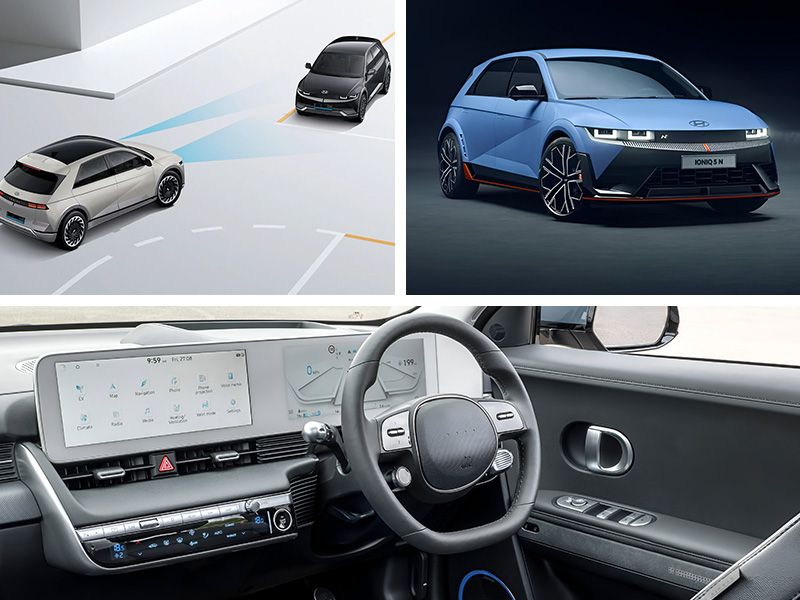 By 2025, the Hyundai Ioniq 5 stands at the top of Hyundai’s India lineup in terms of pricing, starting at ₹46.05 lakh, and what makes it stand apart is not just the cost but the platform it’s built on, the E-GMP (Electric Global Modular Platform) which is not a tweaked version of an existing ICE platform but an EV-specific base designed from scratch for better battery placement, a flat floor, and enhanced performance geometry suited for high-output motors and seamless design transitions.
By 2025, the Hyundai Ioniq 5 stands at the top of Hyundai’s India lineup in terms of pricing, starting at ₹46.05 lakh, and what makes it stand apart is not just the cost but the platform it’s built on, the E-GMP (Electric Global Modular Platform) which is not a tweaked version of an existing ICE platform but an EV-specific base designed from scratch for better battery placement, a flat floor, and enhanced performance geometry suited for high-output motors and seamless design transitions.
1. Technical Specifications
- Battery Capacity: 72.6 kWh
- Power Output: 217 PS
- Torque: 350 Nm
- Drive Type: Rear-Wheel Drive
- ARAI Range: Up to 631 km
- 0–100 km/h: 7.4 seconds
- Charging Option
- Ultra-Fast (350 kW DC): 10–80% in 18 mins
- Home Charger (11 kW AC): Full charge in 6.1 hours
- Top Speed: Electronically capped at 185 km/h
2. Interior Design
The cabin isn’t laid out like a traditional car, it’s more like a space designed to be lived in, worked from, or travelled in, with no central tunnel thanks to the flat floor, increased legroom, and movable elements like the Universal Island sliding console that allows flexible use of space. Materials are chosen consciously, with bio-based, recycled textiles and PET bottle fabrics making up the seats, trims, and headliner. Front seats recline fully with footrests, both front and rear are ventilated, and the cockpit runs a connected display setup with twin 12.3-inch panels, one for the cluster and one for infotainment. Subtle ambient lighting adds a visual layer to the clean dashboard design, and the boot space is not just at the back; there’s a 527-litre boot plus a 57-litre frunk under the hood.
3. Exterior Design
Hyundai leaned heavily into retro-futurism with the Ioniq 5, borrowing from its own 1974 Pony Coupe concept, and the result is not just distinctive, it’s functional as well. The pixelated LED lights front and back aren’t just for show; they’re unique identifiers. The clamshell hood reduces body panel gaps, which helps with aerodynamics and adds to crash safety, while the 20-inch aero-optimised wheels and flush door handles (which slide out automatically when sensing proximity) lower drag even further. With a wheelbase of 3,000 mm, the Ioniq 5 is longer than many full-size SUVs, giving it serious presence on the road. Colour options include Gravity Gold Matte, Optic White, Cyber Grey, Midnight Black, and Lucid Blue, each of them designed to amplify the Ioniq’s crisp surfaces.
You might find this interesting – The Most Expensive Cars in the World in 2025: Engineering and Exclusivity at Their Finest
Overview of Hyundai’s Current Lineup in India
Hyundai’s current range in India touches nearly every buyer segment, with models designed to match specific use cases, and while each vehicle stands apart, the design philosophy flows across them: aerodynamic efficiency, interior optimisation, and consistent upgrades to tech and safety. Here’s a breakdown of four of its main models in India:
1. Hyundai Creta
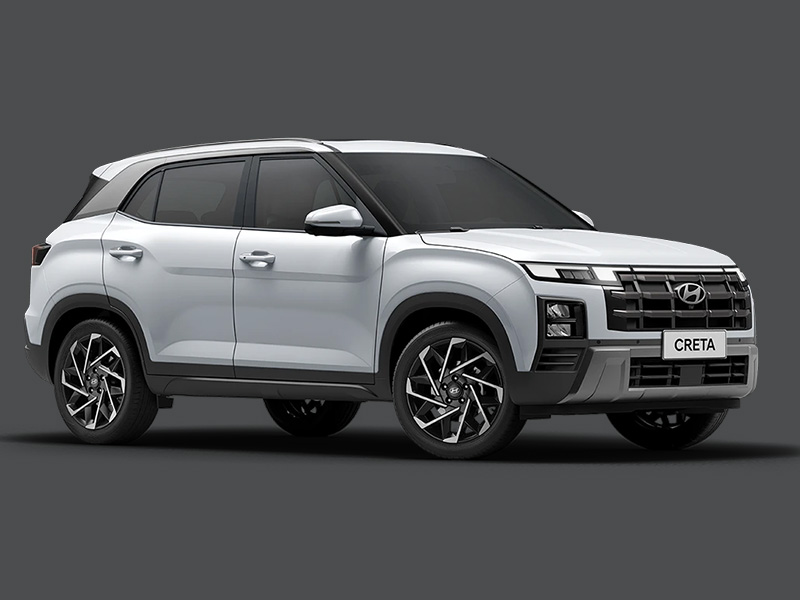
Technical Specifications
- Engines:
- 1.5L MPi Petrol: 115 PS, 144 Nm
- 1.5L U2 CRDi Diesel: 116 PS, 250 Nm
- 1.5L Turbo GDi Petrol: 160 PS, 253 Nm
- Transmissions: 6-speed Manual, IVT, 6-speed Auto, 7-speed DCT
- Dimensions: 4,330 x 1,790 x 1,635 mm; Wheelbase: 2,610 mm
- Boot: 433 litres
- Fuel Tank: 50 litres
Key Features
- Panoramic sunroof
- 10.25” touchscreen with Android Auto & Apple CarPlay
- Bose sound system
- Ventilated front seats
- ADAS features like lane keep assist and collision warning
2. Hyundai Venue
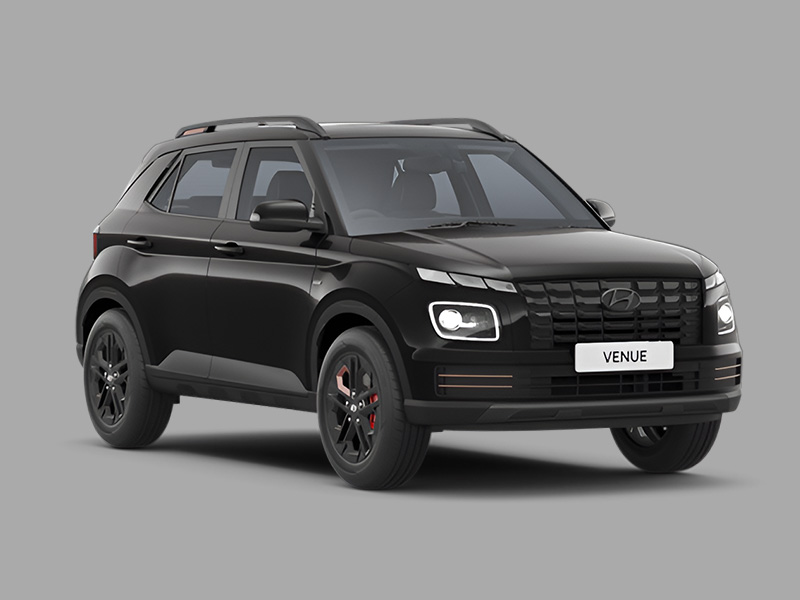 Technical Specifications
Technical Specifications
- Engines:
- 1.2L Kappa Petrol: 83 PS, 114 Nm
- 1.0L Turbo GDi Petrol: 120 PS, 172 Nm
- 1.5L U2 CRDi Diesel: 116 PS, 250 Nm
- Transmissions: 5-speed, 6-speed Manual, iMT, 7-speed DCT
- Dimensions: 3,995 x 1,770 x 1,617 mm; Wheelbase: 2,500 mm
- Boot: 350 litres
- Fuel Tank: 45 litres
Key Features
- Electric sunroof
- 8” infotainment with wireless Android Auto & CarPlay
- Bluelink connected car suite
- Wireless charging
- Drive modes: Eco, Normal, Sport
3. Hyundai Verna
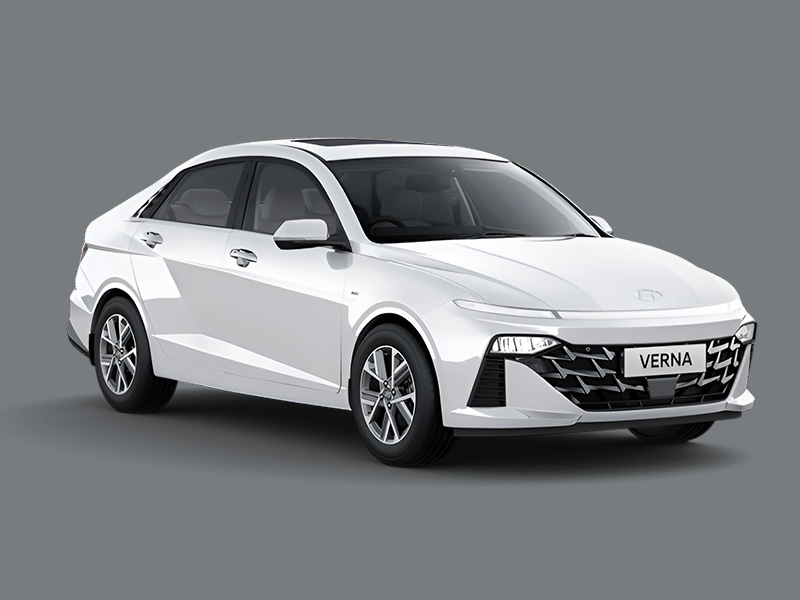 Technical Specifications
Technical Specifications
- Engines:
- 1.5L MPi Petrol: 115 PS, 144 Nm
- 1.5L Turbo GDi Petrol: 160 PS, 253 Nm
- Transmissions: 6-speed Manual, IVT, 7-speed DCT
- Dimensions: 4,535 x 1,765 x 1,475 mm; Wheelbase: 2,670 mm
- Boot: 528 litres
- Fuel Tank: 45 litres
Key Features
- LED DRLs and Horizon headlamps
- 10.25” touchscreen
- Bose 8-speaker audio system
- Ventilated and heated front seats
- Level 2 ADAS with lane keeping, forward collision avoidance
4. Hyundai i20
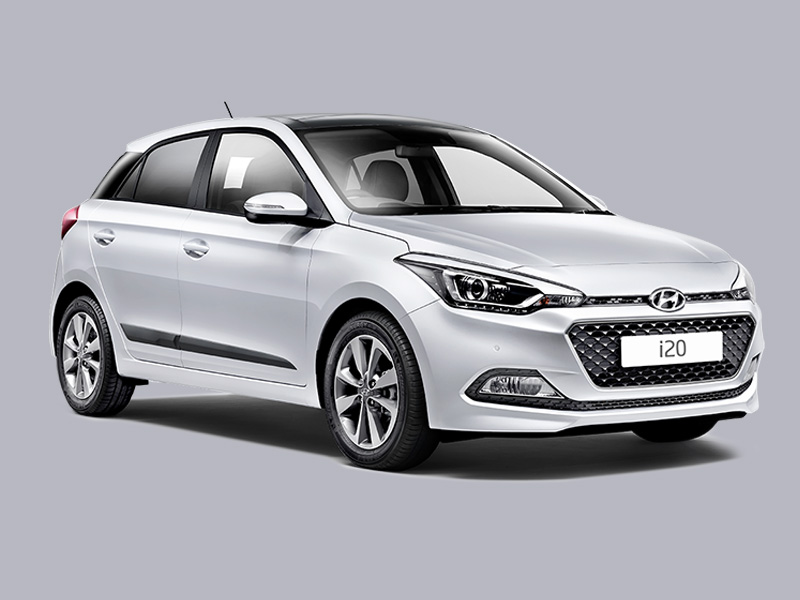
Technical Specifications
- Engines:
- 1.2L Kappa Petrol: 83 PS, 114 Nm
- 1.0L Turbo GDi Petrol: 120 PS, 172 Nm
- Transmissions: 5-speed Manual, IVT, 6-speed iMT, 7-speed DCT
- Dimensions: 3,995 x 1,775 x 1,505 mm; Wheelbase: 2,580 mm
- Boot: 311 litres
- Fuel Tank: 37 litres
Key Features
- Electric sunroof
- 10.25” touchscreen with Android Auto & CarPlay
- Bose premium sound system
- Wireless charging
- Ambient cabin lighting
Fun Reads – The Most Expensive Car in India 2025: Who Owns Them and What Makes Them So Special
Price Comparison and Rivals
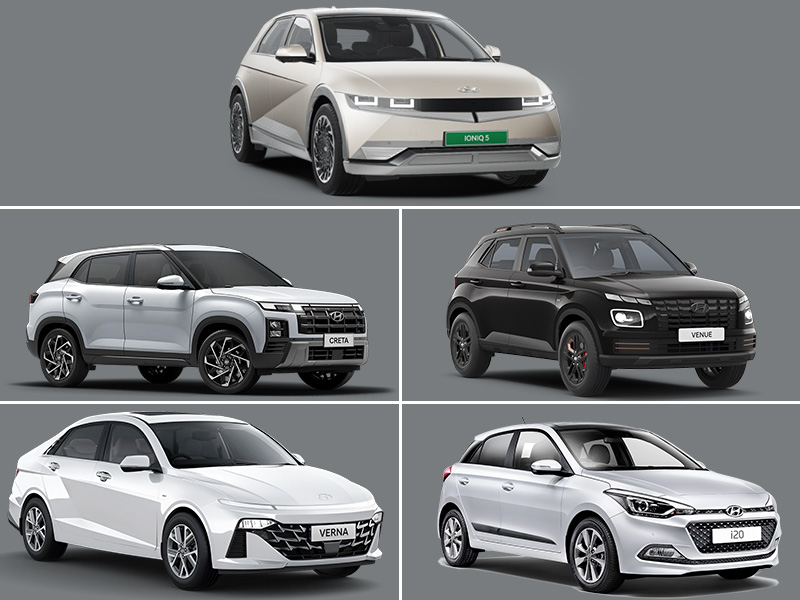
| Model | Hyundai Price
(₹ Lakh) |
Closest Rivals (₹ Lakh) |
| Ioniq 5 | 46.05 | Kia EV6 (60.95), Volvo XC40 Recharge (56.90) |
| Creta | 11.11 – 20.50 | Kia Seltos (10.90 – 20.30), MG Astor (10.52 – 18.69) |
| Venue | 7.94 – 13.48 | Tata Nexon (8.10 – 15.50), Maruti Brezza (8.29 – 14.14) |
| Verna | 11.00 – 17.42 | Honda City (11.57 – 16.05), Skoda Slavia (11.53 – 18.83) |
| i20 | 7.04 – 11.21 | Maruti Baleno (6.61 – 9.88), Tata Altroz (6.60 – 10.74) |
Buyer Recommendations
| Buyer Type | Recommended Hyundai Model(s) | Reason |
| Urban Commuters | Venue, i-20 | Compact size, easy manoeuvring, efficient petrol engines |
| Family Buyers | Creta | Roomy cabin, elevated stance, comfort-focused features |
| Performance Enthusiasts | Verna (Turbo) | High power output, fast acceleration, sharper steering |
| Eco-Conscious Buyers | Ioniq 5 | Fully electric, long-range, zero-emission on-road |
Conclusion
Hyundai’s current lineup in India addresses nearly every type of car buyer from first-time urban drivers to eco-conscious users exploring EVs. The Hyundai Ioniq 5, as the most expensive Hyundai car in India, represents more than just pricing; it’s a showcase of how far Hyundai’s vision has come in blending sustainability with design, and performance with technology. Still, choosing the right Hyundai depends on what you value most: space, mileage, city handling, or tech and once you know that, the right option becomes clear.
FAQ’s
- Is the Ioniq 5 worth the price for Indian buyers?
If you’re looking for a car that’s electric, futuristic, spacious, and loaded with tech, then yes, the Ioniq 5 offers a lot for its price especially with that long-range self-healing design, cool interiors and fast charging that’s better than most luxury cars at that price point.
- Is Hyundai good for Indian roads and conditions?
Hyundai has been in India since 1996, and they know exactly what Indian buyers want, so whether it’s ground clearance, fuel choices or budget ranges, their cars are made to handle Indian roads traffic, heat and even potholes without breaking a sweat.
- Is the Ioniq 5 a good choice for first-time EV buyers?
It can be a great option if you’re ready to go electric because it’s smooth to drive has almost no noise inside comes with lots of smart features and though it’s premium priced it offers a full EV experience without feeling complicated.
- Is the Hyundai Ioniq 5 suitable for city traffic?
Yes it works really well in the city because the electric motor gives instant power so it moves quickly in traffic and the car is very silent and easy to handle in tight spaces thanks to its light steering and one-pedal drive mode.
Want to know more about Expensive Cars? Read these:
Most Expensive Ferrari Car in India 2025: The Purosangue SUV
Most Expensive McLaren Car in India 2025: The 750S Coupe
Most Expensive Koenigsegg Car in India 2025: The Jesko
The Most Expensive Tata Car: The SUV That Knows Exactly What It Is

